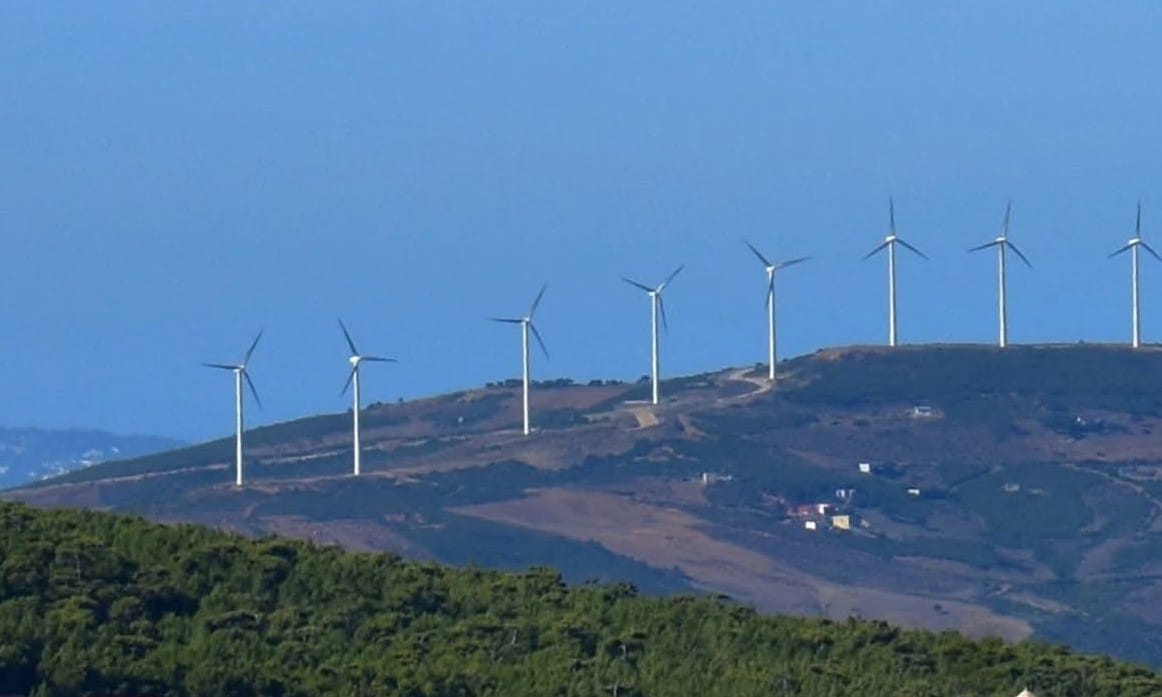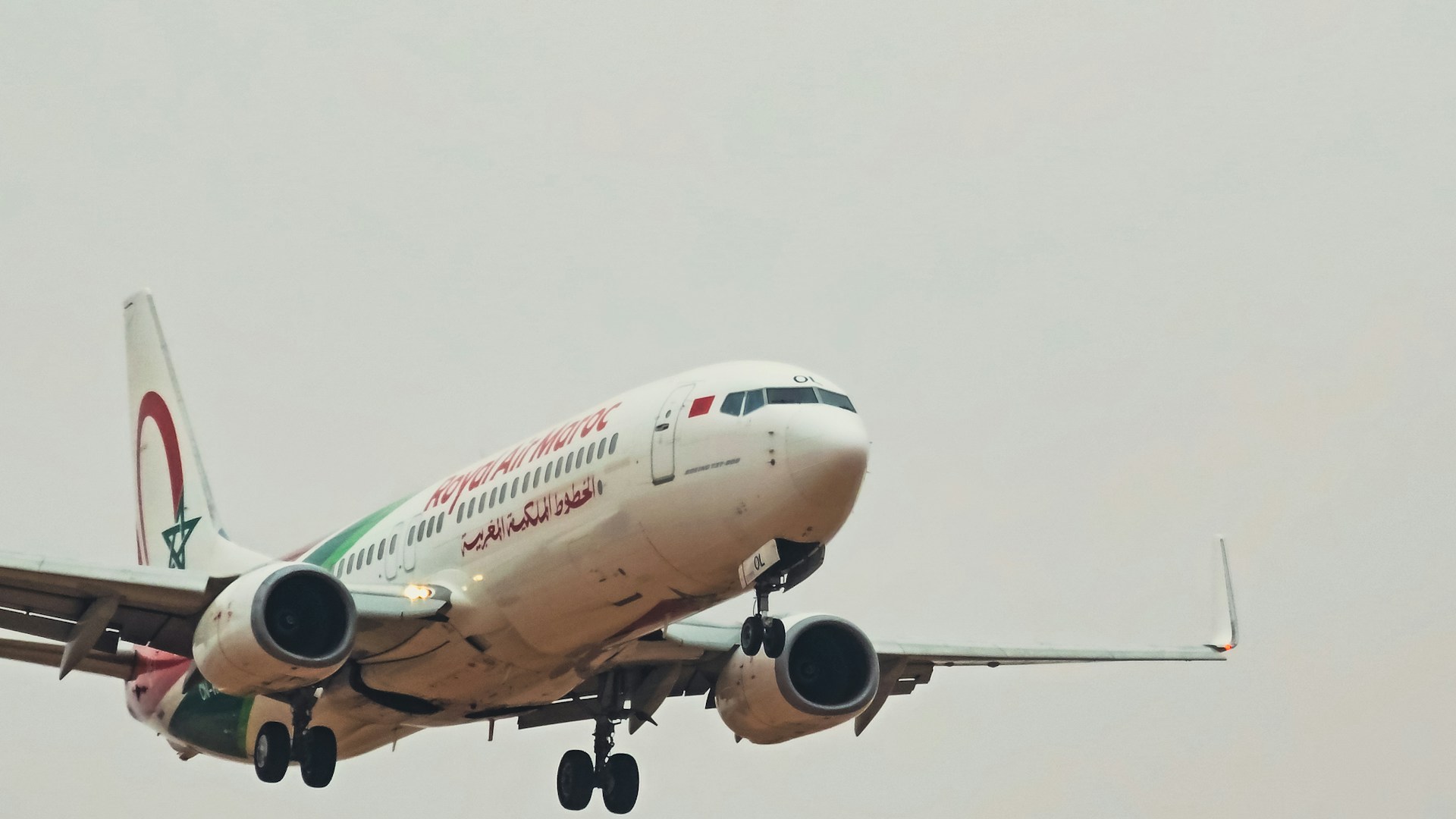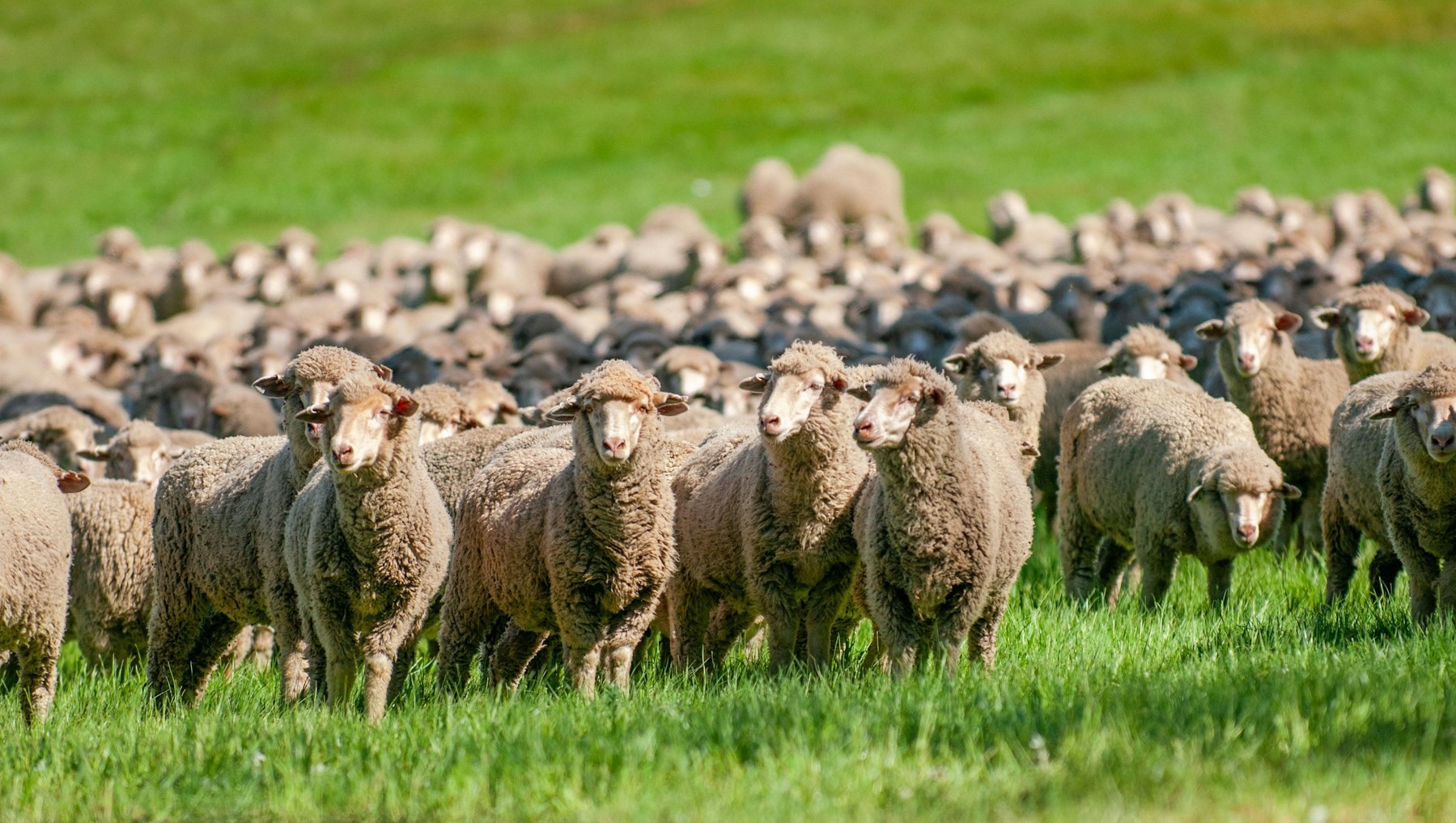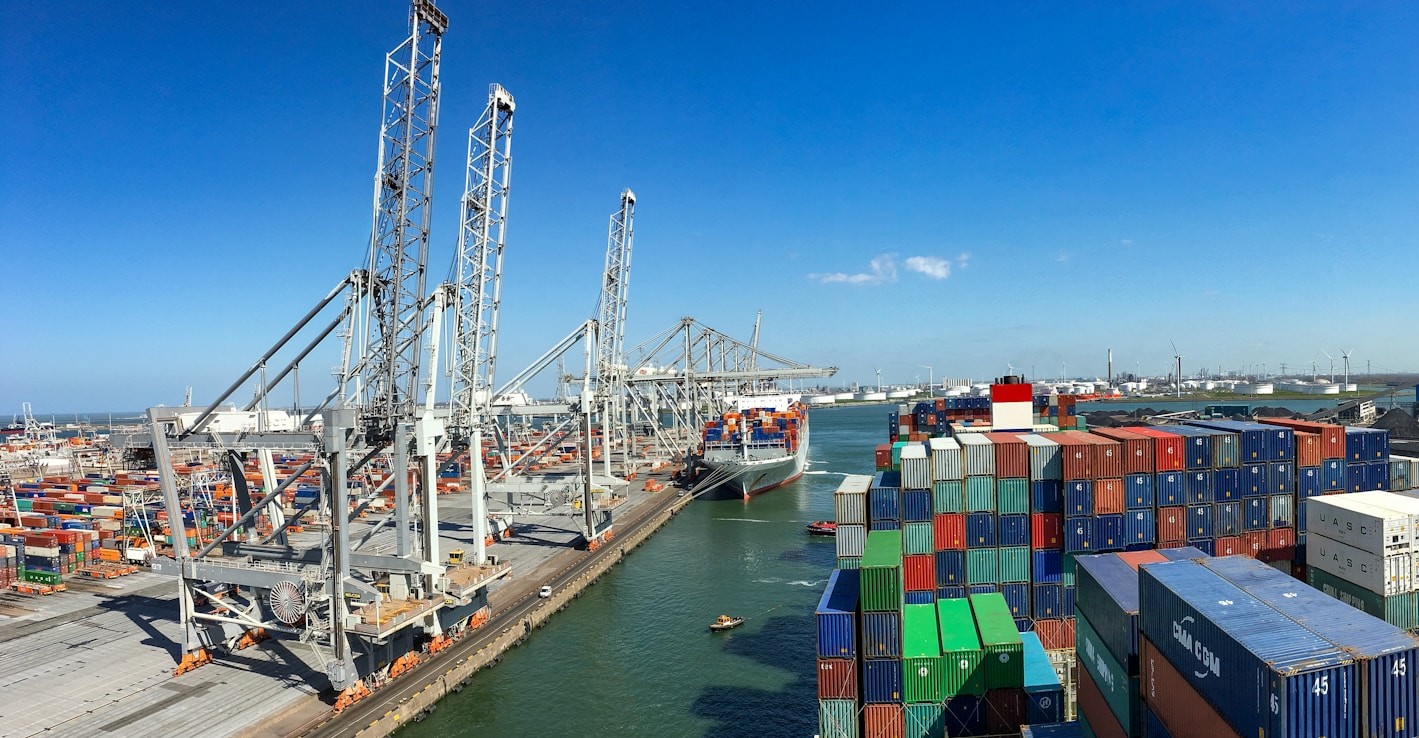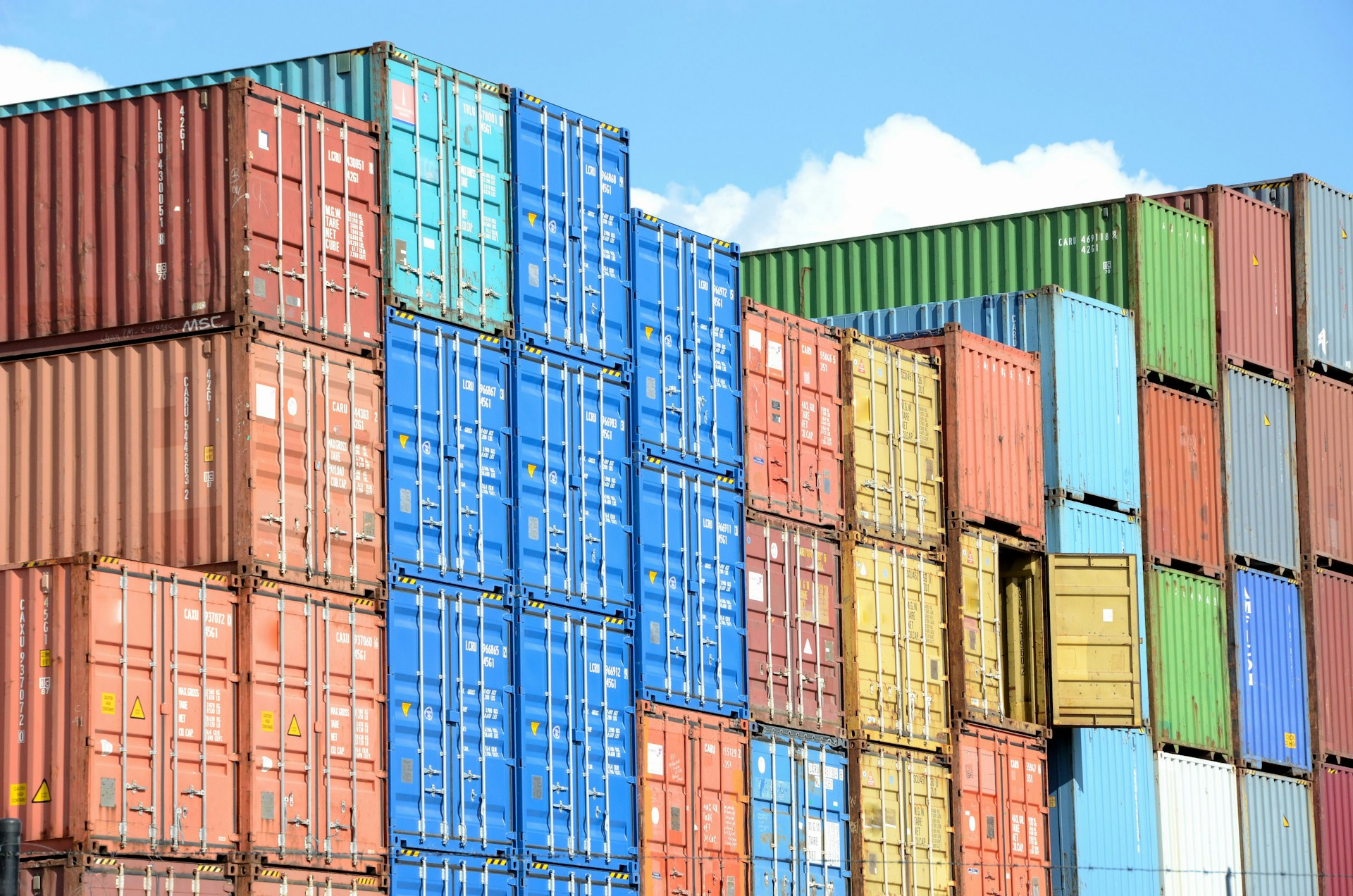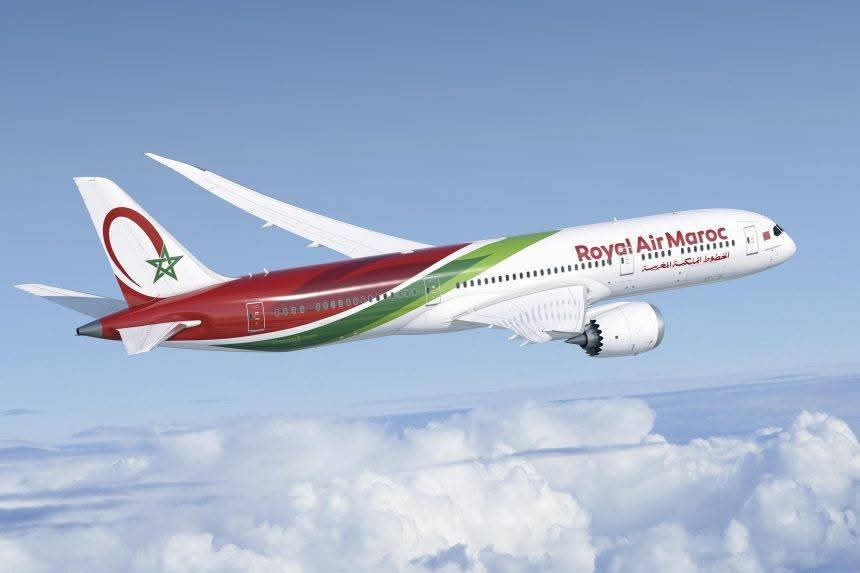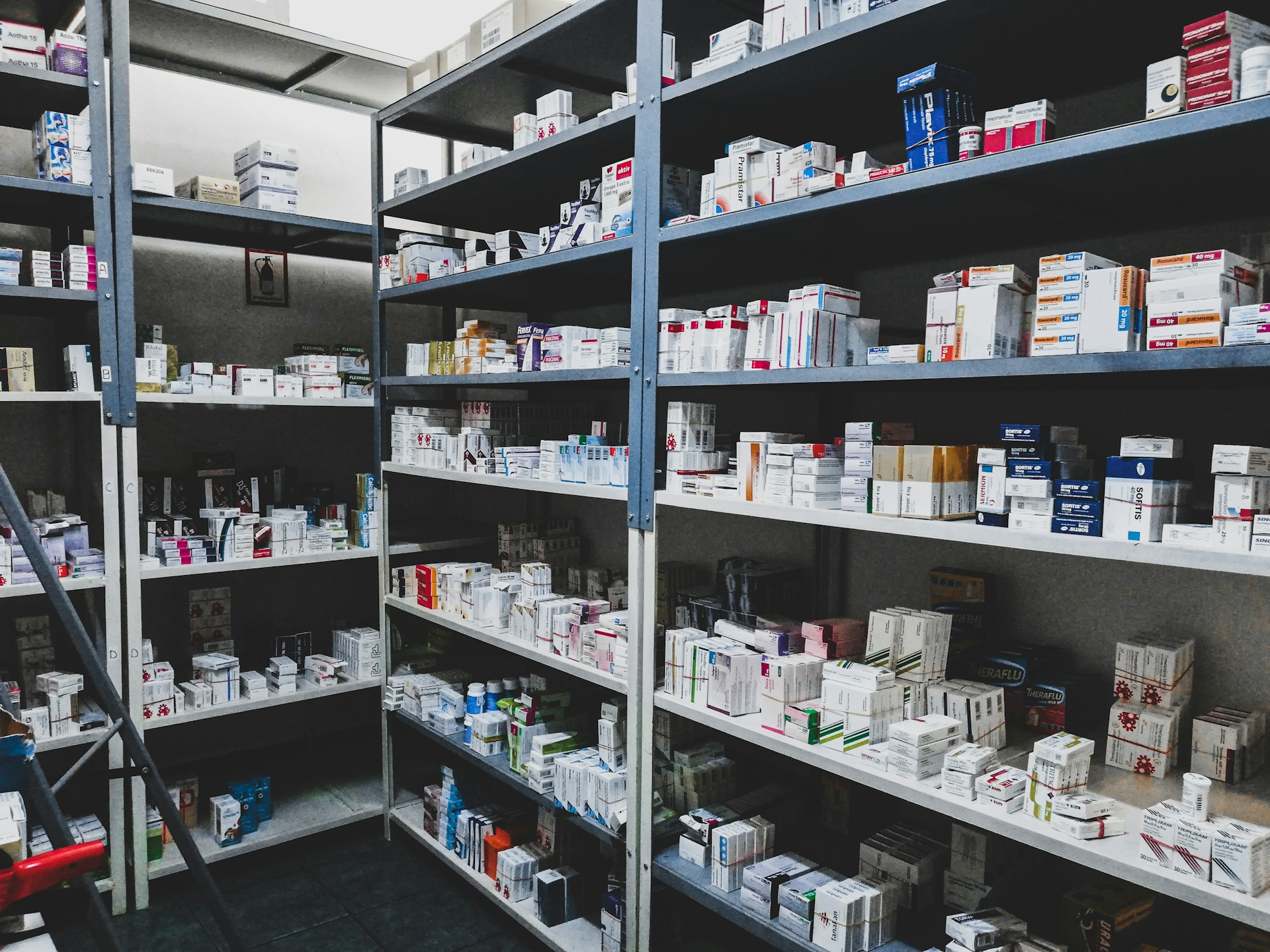Casablanca – Morocco’s agri-food industry continued to demonstrate strong resilience in 2024 despite enduring one of the most challenging periods in recent years, marked by persistent drought, volatility in agricultural supply chains, and rising production costs. According to the 2025 Industrial Barometer published by the Ministry of Industry and Trade, the sector maintained positive indicators in terms of revenue, production value, investment, and job creation, confirming its role as a central pillar of Morocco’s industrial landscape.
A steady performance in a difficult climate
The combined turnover of the agri-food industry reached $20.5 billion in 2024, reflecting a modest but significant increase of 0.8% from the previous year. This stability contrasts sharply with the difficulties facing several agricultural value chains, particularly cereals, sugar crops, and certain fruit segments, which were heavily affected by water scarcity.
Despite the pressure on raw materials, operators managed to preserve production volumes thanks to inventory management strategies and the gradual diversification of sourcing channels. Domestic demand continued to act as the sector’s main driver, with exports representing only 21.6% of the total revenue.
As a result, the agri-food industry accounted for 21.3% of total industrial turnover, positioning it as Morocco’s second-largest industrial contributor behind the automotive sector.
Production growth supported by investment
Agri-food production reached an estimated $19.5 billion in 2024, an increase of 2.2% compared to 2023. This performance is largely attributed to sustained investment efforts across the sector. Total investments amounted to approximately $1.1 billion, posting an annual increase of 8%.
Companies channeled these funds into modernization programs aimed at upgrading processing lines, enhancing energy efficiency, digitalizing operations, and reinforcing storage and logistics infrastructures. These measures allowed operators to partially counterbalance the impact of rising costs and tightening raw-material supply.
Several key players contributed to the sector’s continued momentum, including sugar manufacturer Cosumar, dairy producer Centrale Danone, cooperative group Copag, cheese manufacturer Bel, and global food multinationals such as Nestlé and Mondelez. Other influential actors included the Compagnie Chérifienne de Chocolaterie, preserved-foods specialist Cartier Saada, and Driscoll’s Morocco in the berries segment—one of the country’s fastest-growing export categories.
Higher value added reflects improved efficiency
The industry’s value added rose by 3.9%, reaching $5.8 billion in 2024. This upward trend points to improved operational efficiency, better cost optimization during periods of pressure on inputs, and sustained efforts to boost competitiveness.
With this performance, agri-food contributed 22.5% of Morocco’s total industrial value added, reinforcing its status as the country’s second-largest value creator after the automotive industry.
The productivity indicator also remains favorable, with the sector generating $27,800 of value added per employee. This places agri-food fifth in productivity among Moroccan industrial sectors, behind chemicals, pharmaceuticals, construction materials, and aeronautics.
Employment remains stable with regional strengths
Employment in the agri-food industry totaled nearly 209,000 direct jobs in 2024, representing 20.1% of all industrial employment. Although job creation increased only marginally—by 0.3%—the sector remains Morocco’s third-largest industrial employer after the automotive and textile/leather sectors.
Several regions recorded particularly strong performance. Souss-Massa, known for its horticulture and seafood-processing activities, registered an employment increase of 6.4%, while Rabat-Salé-Kénitra grew by 7.8%, reflecting significant expansion among food manufacturers and cooperatives.
These regional dynamics reflect the broader territorial distribution of Morocco’s agri-food clusters, which are increasingly supported by industrial zones, upgraded logistics corridors, and export-oriented infrastructures.
Export outlook strengthened by new commercial initiatives
Although exports represent a smaller share of the sector’s revenue, Moroccan authorities and professional associations are working to strengthen the industry’s international presence. One of the latest initiatives involves a business mission in Marrakech, where Morocco Foodex plans to host a delegation of European buyers and importers for targeted B2B meetings. The goal is to expand export markets in fruits, vegetables, preserved foods, and processed products.
This strategy aligns with broader government objectives to improve Morocco’s export competitiveness, diversify agrifood markets, and reduce dependence on climate-sensitive domestic supplies.
A challenging yet promising horizon
Looking ahead, the sector’s resilience will depend on several factors: improvements in water management, continued investment in industrial upgrades, the expansion of contractual agriculture models, and the development of climate-resilient crops. Ongoing public programs to modernize irrigation networks and support agri-food industrial integration are expected to play a key role in the coming years.
Despite the difficulties of 2024, Morocco’s agri-food industry has once again shown its capacity to adapt, invest, and innovate—solidifying its position as one of the country’s most strategic and stable industrial pillars.
